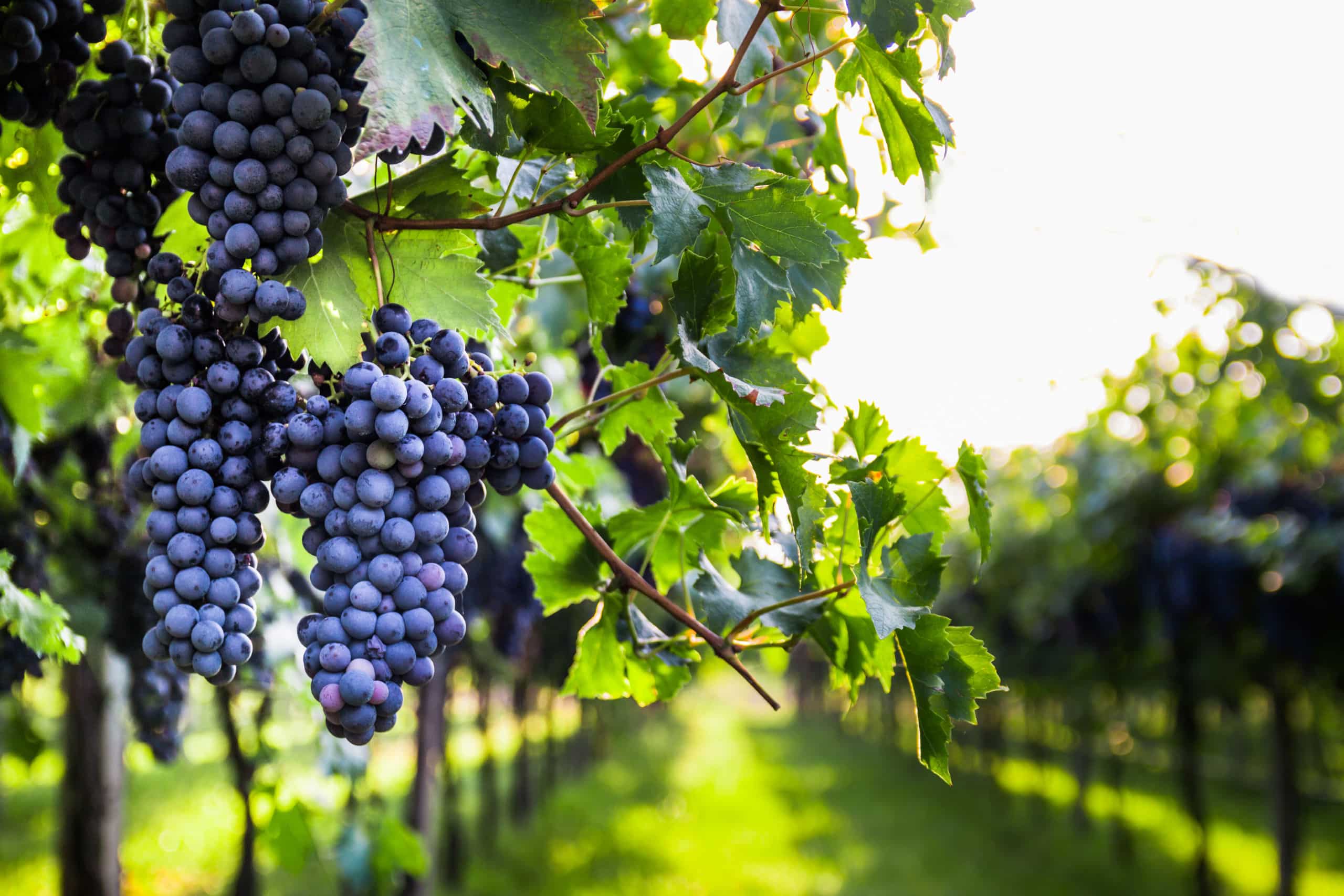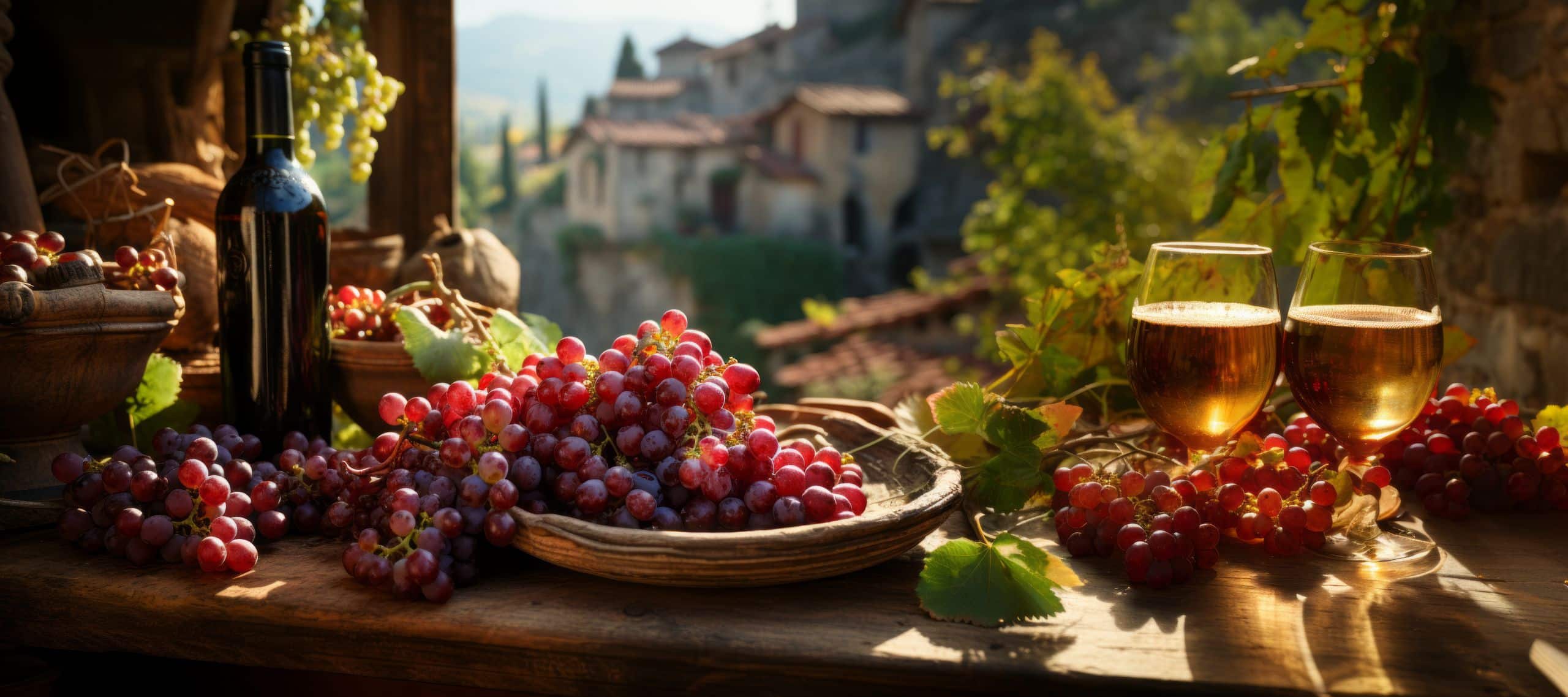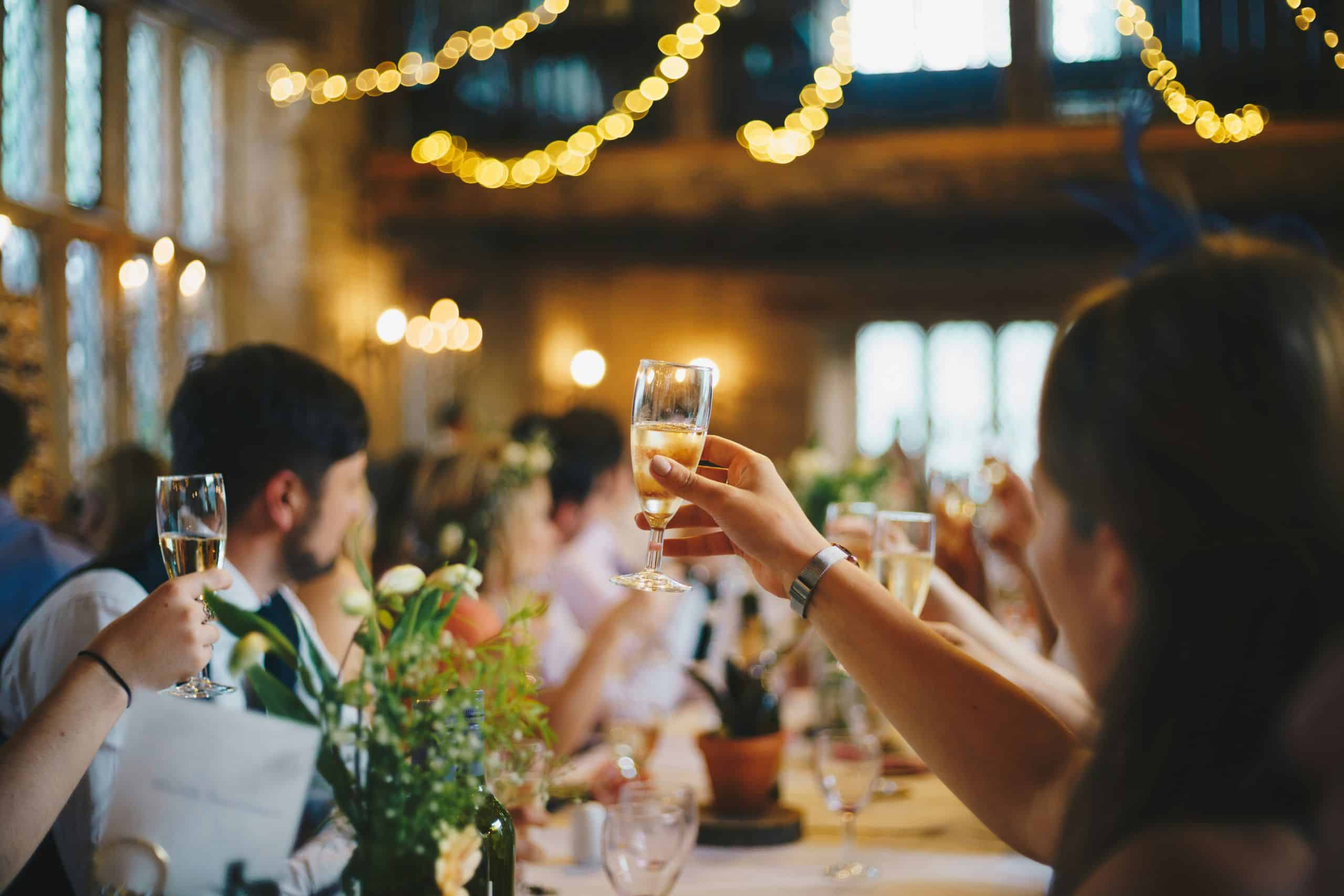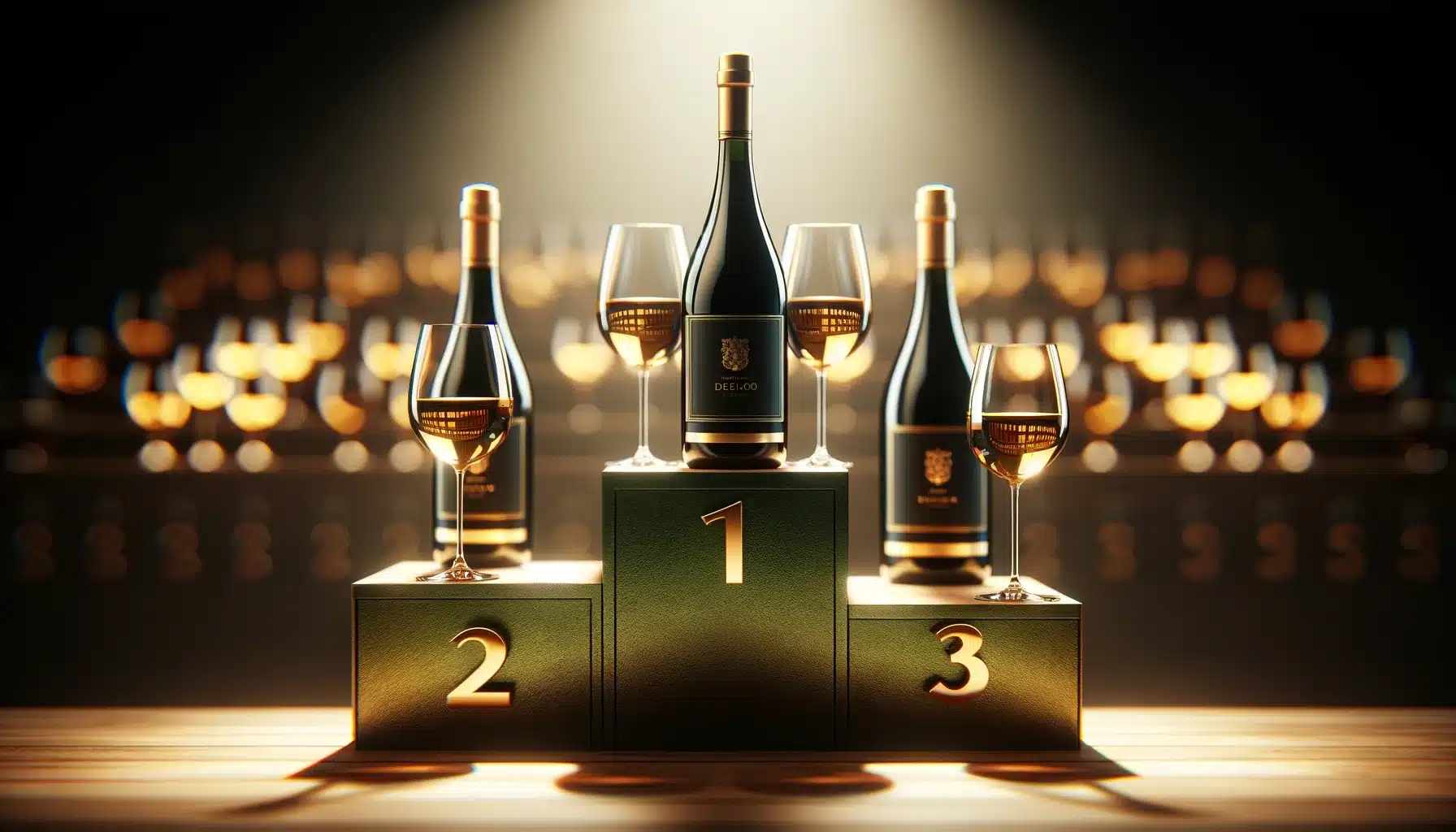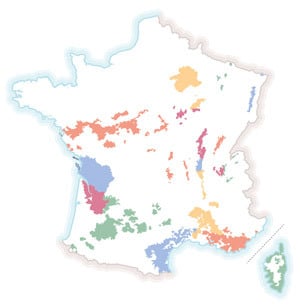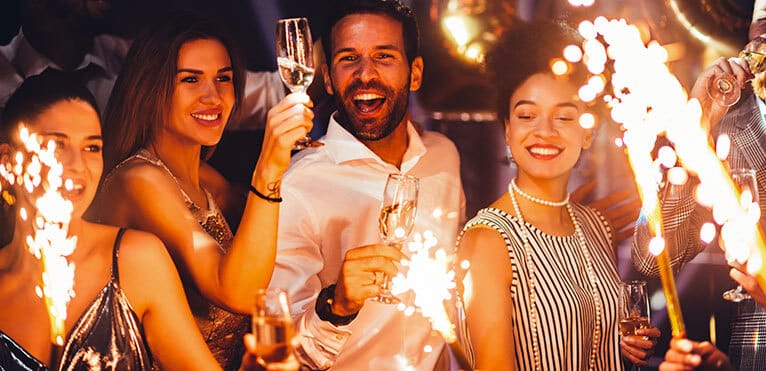
Contents
Champagne, the story of a myth
If today we instantly associate its name with the eponymous sparkling wine, the word Champagne originally referred to a region that had only been producing Champagne for a few centuries. Champagne, however, has been a wine-growing region since the Roman Empire, and produced prestigious wines, although not always sparkling.
In fact, Clovis, King of the Franks, chose Champagne wine to celebrate his baptism by the Bishop of Reims in 496. Numerous other kings of France (33 in all) were subsequently crowned in Reims cathedral, further enhancing the wine’s reputation. It’s not clear whether Champagne wine was effervescent or not, but what is certain is that there was no method of regulating its effervescence.
The myth of Champagne as a sparkling wine began with the monk Dom Pérignon, who is said to have discovered how to make wines sparkle through a fermentation process. While this cannot be established with certainty (it appears that the wine was already sparkling in the region, and in other vineyards in France depending on the winemaking methods used), it can undoubtedly be said to have had a considerable impact on the development of this wine with its golden bubbles.
It was at his abbey in Hautvilliers that Dom Pérignon, like other monks such as Dom Ruinart who also played an important role, perfected Champagne winemaking methods. Over the centuries, winemaking methods have become more precise and wines have gained in quality.
Today, this quality is closely monitored by the Champagne appellation, which imposes geographical and quality specifications on producers wishing to benefit from this prestigious label.
A worldwide success
Once launched, Champagne’s growing success is unstoppable! First, 18th-century merchants such as Claude Moët and Florens-Louis Heidsieck, who democratized Champagne at the court of Versailles and made it known worldwide.
Then there’s Veuve Cliquot, which exported its Champagne as far as the Russian market and invented rosé Champagne and the riddling table with Antoine de Müller. Another example is Veuve Pommery, who in the 19th century played a major role in the development of Champagne around the world by promoting the wines of her house.
Today, celebrities such as rapper and entrepreneur Jay Z continue to showcase Champagne houses and promote the appellation worldwide… So much so that today Champagne can be considered as much a prestigious wine as an ostentatious product – you be the judge!
A festive wine
First of all, the very origin of the democratization of Champagne is linked to its use during the coronations of the kings of France. In fact, its history is intrinsically linked to ceremonies and festivities. Over the generations, France’s kings and ruling aristocracy have made Champagne their wine of choice.
It was when Louis XV authorized the wine to be transported in bottles rather than barrels that the bubbles began to be better preserved and Champagne definitively acquired its letters of nobility (since the end of the 17th century, Champagne monks had increasingly mastered the methods of Champagne vinification). From then on, Champagne was exported beyond France’s borders, and soon spread to every continent, becoming one of the symbols of French luxury.
With its fine bubbles, airy body and light, white-fruit aromas, Champagne is one of those wines that can be enjoyed on its own, without food. As a result, they’re more likely to be enjoyed in the evening and at parties. Its prestige, its refinement and the famous cork that pops when it’s opened are also elements that make it the festive wine par excellence.
Napoleon said it himself: “I cannot live without champagneIf I win, I deserve it; if I lose, I need it. Like all alcohol, it comforts in difficult times, but is most cheerful in good times.
Food & Champagne pairings
Finally, partying doesn’t mean not eating. Champagne is also a wine that goes very well with festive meals, especially Christmas and New Year’s meals! Depending on the type of Champagne, food and wine pairings will vary.
A Blanc de Blancs Champagne, it’s best enjoyed as an aperitif or with lively dishes. We immediately think of a seafood platter, scallop carpaccio, or smoked salmon with lemon and crème fraîche. In a different vein, a platter of soft cheeses goes very well with a good Blanc de Blancs.
For a fruitier, more opulent Blanc de Noirs, you can choose dishes with a little more character: foie gras, oven-stuffed white meats such as capon with dried fruit or turkey with chestnuts, red fruit tart…
Champagne rosé has a more powerful, fruitier profile, due in particular to the combination of Champagne with red wine (rosé d’assemblage) or the maceration of black grapes with their skins (rosé de saignée). It should be paired with stronger dishes such as lamb or duck. It will also be a welcome addition to desserts such as fruit tarts or fruit salads.
Finally, brut Champagnes are the most versatile, although we generally agree that they should be enjoyed as aperitifs, or on their own once the meal is over.
